The Asia Zero Emission Community (AZEC) is spearheading a groundbreaking transformation of Asia’s energy infrastructure through more than 350 innovative projects designed to achieve what many thought impossible: simultaneously addressing climate change, promoting inclusive economic growth, and ensuring energy security across the world’s most dynamic region. This ambitious Japan-led framework represents a paradigm shift in how developing nations approach decarbonization without sacrificing economic development.
In the lush hills of West Sumatra, Indonesia, engineers are actively expanding the Muara Laboh geothermal power project, tapping into stable renewable energy from deep within the earth’s core. This flagship initiative exemplifies AZEC’s practical approach to meeting rising energy demands without increasing carbon dioxide emissions—a model being replicated across Southeast Asia as the region confronts its unique energy transition challenges.
Understanding Asia’s Unique Energy Transition Challenge
Asia’s Energy to decarbonization presents fundamentally different obstacles compared to Western nations. While European coal plants average 34 years of operation and approach natural retirement, Southeast Asia’s coal facilities are remarkably young—just 11 years old on average. This stark age difference creates powerful economic disincentives for early retirement, as scrapping these plants would eliminate years of potential output before construction costs are recovered.
The financial implications are staggering. Across the Asia-Pacific region, coal still supplies nearly half of all energy needs, reflecting both the recent investments in these facilities and the practical reality that premature decommissioning would impose enormous economic costs on nations still working to industrialize and lift millions from poverty.
Explosive Energy Demand Drives Innovation
Asia’s energy consumption has tripled over the past two decades, fueled by rising incomes and increasing demand for modern conveniences enjoyed by wealthier nations. The trajectory remains steep—by 2050, the region is projected to account for more than half of the world’s total energy demand, according to International Energy Agency projections.
“Energy is needed for the region’s economic development, to improve people’s standard of living and to support industrialisation,” explains Sue-Ern Tan, Head of the IEA’s Regional Cooperation Centre in Singapore. “The challenge for the region is to meet this energy demand – for households, businesses, industry – in a secure, affordable and sustainable way.”
Air Conditioning and Industrial Growth Multiply Energy Needs
The scale of forthcoming demand becomes clear when examining specific sectors. In Southeast Asia, only 15% of households currently own air conditioners, according to a 2019 IEA report. However, as incomes rise and climate change intensifies heat waves, air conditioning penetration is expected to surge dramatically, creating massive new electricity requirements.
Simultaneously, the region’s rapid industrialization, expanding data centers, and growing artificial intelligence infrastructure are multiplying energy consumption at unprecedented rates. Global data centers alone already consume approximately 500 terawatt-hours of electricity annually—equivalent to France’s entire annual demand—with projections suggesting this figure could triple by 2030.
AZEC’s Pragmatic Framework for Energy Security
Japan’s Ministry of Economy, Trade and Industry (METI) has strategically designed AZEC to reconcile economic growth with environmental sustainability. Rather than imposing rigid, one-size-fits-all solutions, the framework recognizes each country’s unique circumstances and industrial requirements across diverse sectors including renewable energy, energy conservation, low-carbon thermal power like ammonia co-firing, and carbon capture, utilization and storage (CCUS).
“We’re closely linked through trade, so collaboration is more important than ever,” says Shinichi Kihara, Director-General for Energy and Environmental Policy at Japan’s Agency for Natural Resources and Energy. “In addition to its traditional strength in energy efficiency, Japan is a ‘department store’ of energy technologies—from hydrogen and ammonia to carbon capture and geothermal—that can support the region’s practical steps toward net zero.”
Tailored Solutions for Diverse National Circumstances
Under the AZEC umbrella, member countries pursue customized transition pathways aligned with their specific resource endowments, economic structures, and development priorities. For nations blessed with geothermal resources like Indonesia and the Philippines, the focus centers on harnessing underground heat. Countries with abundant sunshine deploy solar arrays, while others adapt existing thermal power plants to utilize cleaner fuels such as hydrogen, ammonia, or sustainable biomass.
This flexibility acknowledges what Tan Sri Tengku Muhammad Taufik, president and group CEO of Malaysia’s Petronas, emphasized at the Energy Asia conference: “This means advancing along a pathway that does not compromise energy security, by building a more efficient and resilient ecosystem where energy flows safely, reliably, sustainably and responsibly. The reality is that for this to be a just transition, we cannot switch overnight, especially when the new energy systems are not yet mature.”
Breakthrough Technologies Reshape Power Generation
One of AZEC’s most exciting developments is emerging in Malaysia, where Japanese engineering conglomerate IHI is collaborating with Petronas affiliate Gentari toward commercial deployment of a fully ammonia-fueled gas turbine—potentially a world-first innovation. Because ammonia contains no carbon atoms, this turbine can generate electricity without any CO₂ emissions while leveraging existing natural gas infrastructure, dramatically reducing transition costs and complexity.
This ammonia-powered solution exemplifies AZEC’s emphasis on practical technologies that can be deployed at scale without requiring complete infrastructure overhauls. By adapting existing systems rather than replacing them entirely, countries can accelerate decarbonization while managing financial constraints.
Indonesia’s Geothermal Leadership
Indonesia possesses approximately 40% of the world’s geothermal energy potential, making it ideally positioned to lead renewable energy development. The Muara Laboh project expansion represents just one component of Indonesia’s ambitious plans to harness this clean, baseload power source that operates continuously regardless of weather conditions—addressing a critical limitation of intermittent renewables like solar and wind.
According to the Asian Development Bank, Indonesia aims to achieve 23% renewable energy in its mix by 2025, with geothermal playing a starring role in this transformation.
Financing Asia’s Trillion-Dollar Energy Transition
Technology alone cannot drive transformation—massive capital flows are essential. Recognizing this reality, AZEC has prioritized transition finance as a core pillar. At the Second AZEC Ministerial Meeting in August 2024, METI, the Asian Development Bank (ADB), and the Economic Research Institute for ASEAN and East Asia (ERIA) signed a groundbreaking memorandum of cooperation on technology and transition finance.
“Transition financing is essential for Asia’s decarbonization because it enables high-emission and hard-to-abate sectors to access sustainable capital while they implement credible, forward-looking transition plans,” explains Fatima Yasmin, ADB vice president. “The AZEC framework can play a vital role in advancing regional decarbonization by fostering collaboration and knowledge sharing among member countries.”
Mobilizing Private Sector Investment
Beyond public funding, AZEC aims to catalyze private sector investment by creating clear policy frameworks, reducing regulatory uncertainty, and demonstrating commercially viable pathways for energy transition. By showcasing successful projects and establishing standardized approaches to transition finance, the initiative helps private investors confidently allocate capital to Asian decarbonization efforts.
Reverse Innovation: Asia’s Solutions Flow Back to Developed Nations
AZEC represents more than Asia catching up to Western sustainability standards—it’s emerging as a laboratory for reverse innovation where technologies and business models developed for Southeast Asian conditions may eventually benefit developed economies.
“Through AZEC, products, services, and business models developed in Southeast Asia to meet local needs could be ‘re-imported’ to Japan or other developed nations, benefiting both sides,” notes Professor Akie Iriyama of Waseda Business School.
Japan’s own energy journey supports this bidirectional approach. Following the oil shocks of the 1970s, Japan achieved world-leading energy efficiency while maintaining robust industrial growth—lessons now being applied across Asia while new innovations flow back to enrich Japan’s capabilities.
The Road Ahead: Malaysia Summit and Global Stakes
AZEC momentum will intensify this October when ministers and heads of state convene in Malaysia for the initiative’s next major summit. The gathering is expected to spotlight flagship projects, announce new partnerships, and refine policy frameworks governing the region’s energy transformation.
The stakes extend far beyond Asia. With more than half the world’s future energy demand concentrated in this region, Asia’s success or failure in decarbonization will fundamentally determine humanity’s ability to limit global temperature increases and avoid catastrophic climate change.
“Asia is an incredibly dynamic region,” says Kihara of Japan’s Agency for Natural Resources. “We need to nurture that dynamism while aiming for sustainability.”
For comprehensive information about global energy transition initiatives, visit the International Renewable Energy Agency website and explore regional analyses from the Institute for Energy Economics and Financial Analysis.



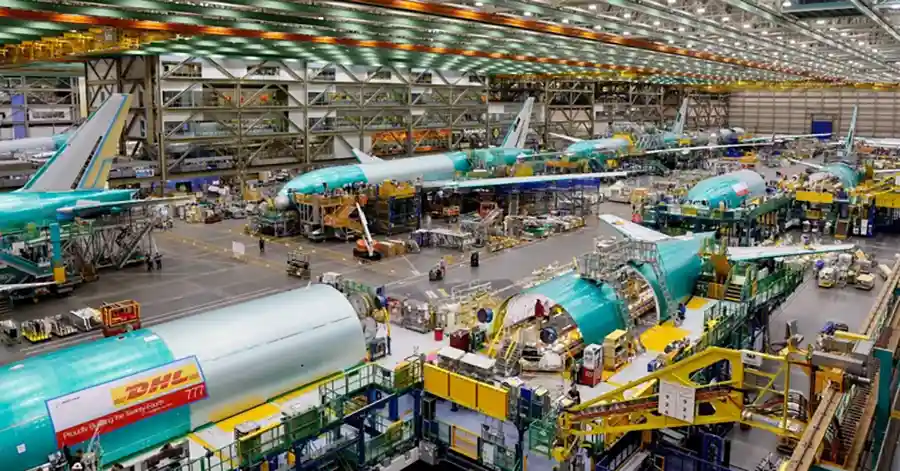


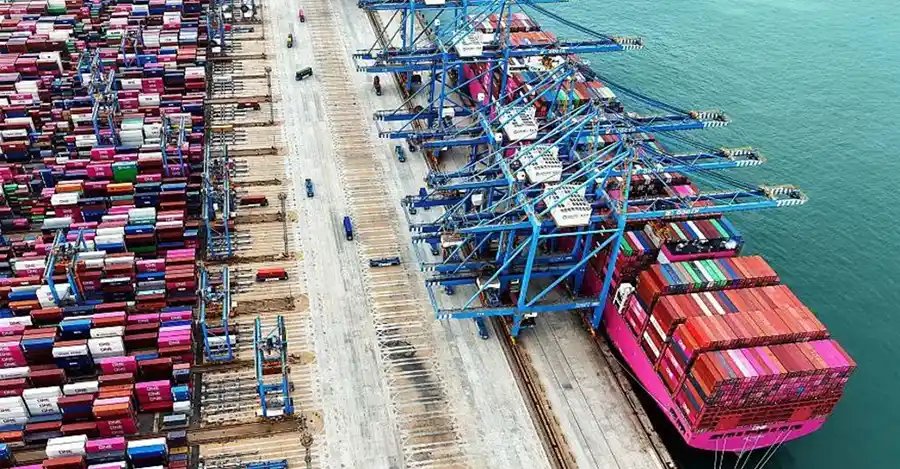


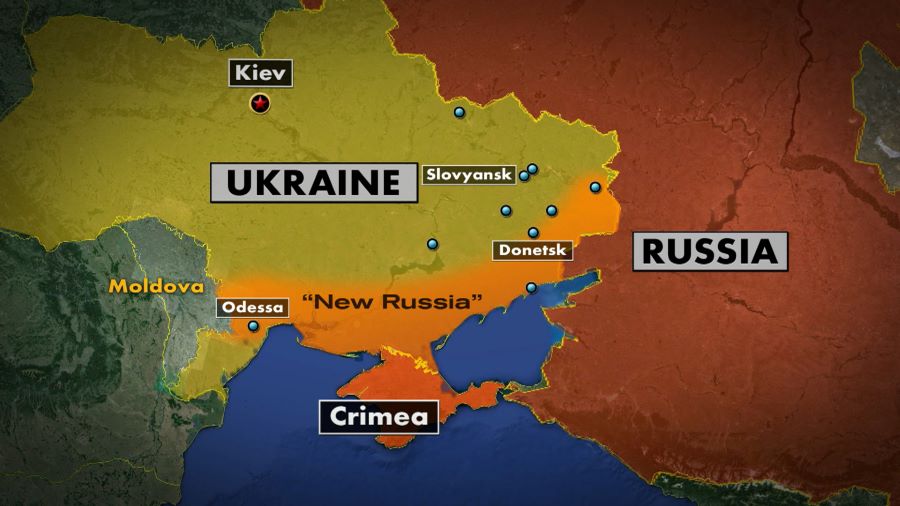




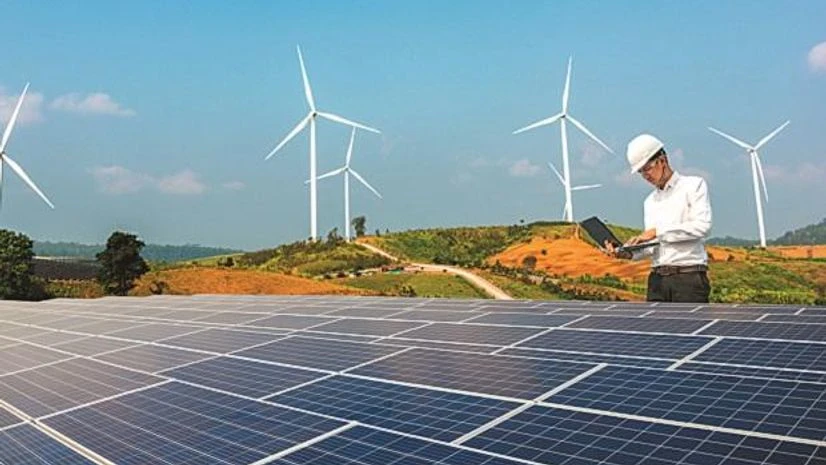
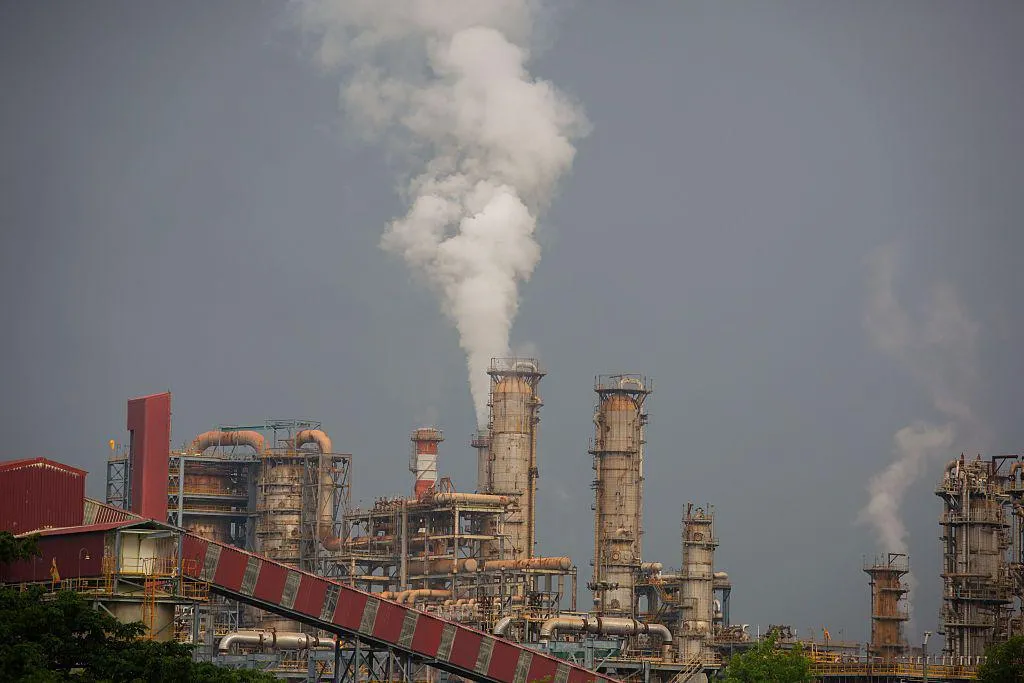
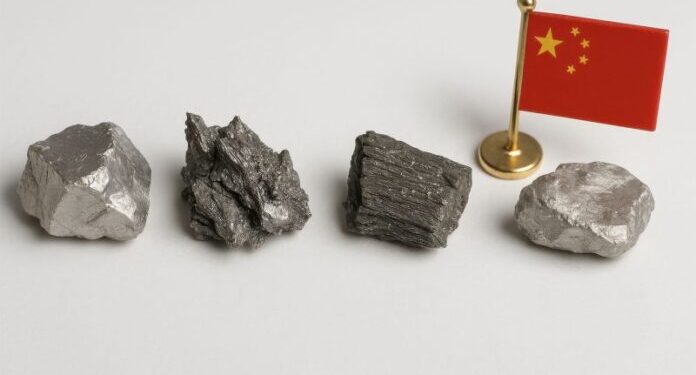
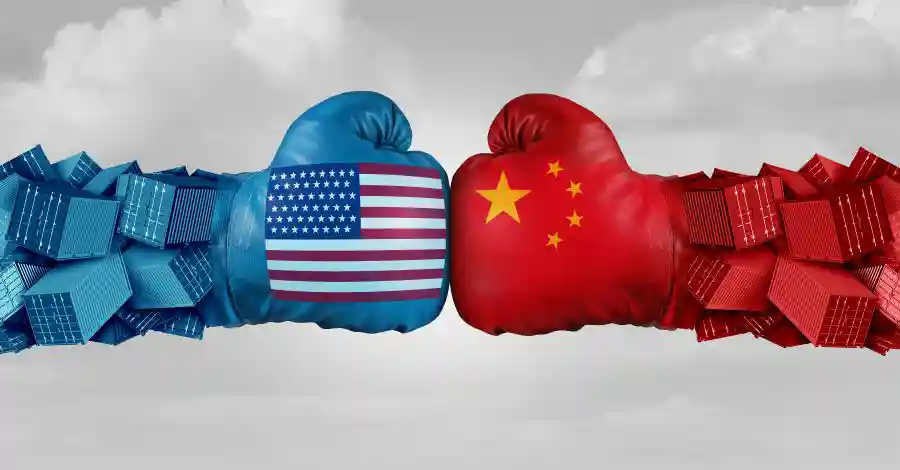



Comments